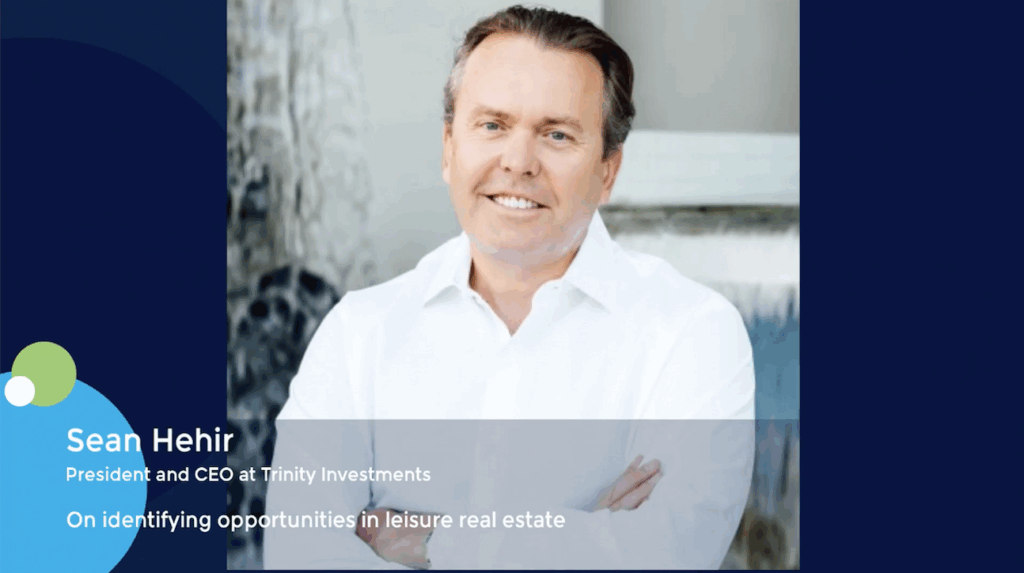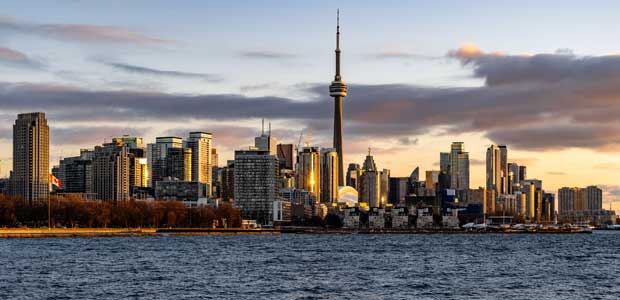Q&A: Evercore’s Alex Russ on fundraising environment, GP strategy, global LP landscape
Alex Russ is a senior managing director at Evercore and heads North America for the firm’s Private Funds Group, of which he is a founding partner.
What is the fundraising environment like right now?
We’ve seen a modest improvement in 2024. In the first half of the year a number of mega funds achieved final closes with big numbers. In the second half we observed a slowdown in new funds coming to market, versus the same period last year or in 2022. That meant LPs weren’t as overloaded with investment options, which helped several fundraises move faster than anticipated and end up oversubscribed at their hard caps. There’s been an easing in the supply-demand mismatch.
What other factors are driving this pick-up in pace?
Three years into the slowdown, LPs have had time to work through their priorities. Many have made tough decisions on not re-upping with certain managers. Increasingly, they are being more deliberate on where they want to invest. The result is more LPs this year have had the capital and bandwidth to consider new GP commitments and new manager relationships. In 2021, and the years before, many GPs were deploying funds and coming back in under two years. It was like a flywheel. When the music stopped, a lot that needed to work its way through the system. What we’re seeing now is GPs returning to longer investment periods and taking their time, and that’s a trend we expect to continue.
How have GPs had to adjust their approach to fundraising?
By and large, GPs have realized they have to throw out the old playbook and spend more time and energy crafting their fundraising strategy. In this environment the focus should be on what can be controlled; this includes fund size target, hard cap, and timeline. The goal should be to achieve a meaningful percentage of the target in the first close, which sets the pace for your raise. In our view, it should be at least 60%. The GPs that are the most successful today are the ones who are taking the time to really prepare their fundraising strategy and their positioning in the market.
What should that preparation involve?
GPs need to start with a 360 self-review, collecting unvarnished feedback from existing and prospective LPs. Too often, they operate in an information vacuum when it comes to how they’re perceived by investors. Proper preparation based on market data can help emphasize the areas of a GP’s story that are truly differentiated, while being realistic about the challenges ahead. Ultimately, our number one piece of advice for GPs in this market is to bear-hug existing investors. Fundraising doesn’t stop once a fund is closed, so those relationships need to be an ongoing priority. Getting existing LPs back early in a fundraise remains in our assessment the leading indicator of how successful the process will be.
What are LPs looking for to re-up?
One theme LPs are very clear on today in a way that they weren’t a few years ago is that they want to see a fund as fully invested as possible, before being asked for capital again. They really would like to see GPs that are north of 75% invested.
What manager types and strategies are getting the most traction?
The market seems to be rewarding three things: scale, quality and specialization. Scale is obvious: low risk, established, big brand names who can accept large amounts of capital from large check writers. The USD 10bn-plus fundraisers have dominated market share. Quality means funds in the upper quartile, while specialization refers to GPs that bring something differentiated to an LP portfolio, either via a sector focus or a distinct investment strategy. In terms of strategies, buyout is garnering the strongest interest from LPs currently. In the first half of 2024 buyout funds accounted for around 70% of all private capital raised, which if anything is likely to have increased in the second half. Investors like the long-term risk profile of an asset class that has consistently outperformed public equity markets, with less perceived risk than some other private equity strategies, including venture and growth. They also increasingly favor control-oriented strategies where the perception is the GP can be masters of their own destiny in terms of driving value creation and exits.
What about emerging managers?
In this environment, many assume the market is closed for emerging managers. That’s been far from the case in our experience. To get comfortable with underwriting the risks of emerging managers, LPs are gravitating to firms that have a track record of investing and bring together experienced professionals who have worked side-by-side on deals before. One advantage for emerging managers is they can write their business plan and playbook from scratch in a way that speaks to where LP appetite is today.
Do you expect to see more US middle market sponsors looking to raise capital overseas?
The US is still the largest source of LP capital, but over the last three years we’ve absolutely seen middle market funds raise an increasing percentage of new capital from Europe, the Middle East and Asia. It’s become more important than ever to have a fundraising strategy for these regions. There’s a longer-term trend among European LPs to increase direct investment in US middle managers. The Middle East has become a very liquid market, and a big focus for the last two to three years. Whereas historically, those LPs targeted large-cap funds, there’s been a trend for Middle Eastern investors to come down to the middle market. Co-investment is table stakes for any GP looking to raise capital there. We’ve also seen increased investment from the Asia Pacific region, including Australian LPs. More large Australian investors are coming into US middle market funds directly. The smart GPs have invested the time to travel in person to those markets and build relationships. We’re also seeing those investors, particularly from Europe and Asia Pacific, coming to the US more frequently.
What about Latin America?
It’s a market that, like Asia, has historically been a more fertile hunting ground for large-cap managers, or funds-of-funds. Now, the market finally seems to be opening for middle market GPs.
How important is the private wealth channel to US middle market managers?
The banks have large platforms that can underwrite fund commitments and structure feeder vehicles for large high net worth channels. But we’re also observing more small to mid-sized RIAs [registered investment advisors] around the country increasing their allocations and creating capabilities and structures to invest on behalf of their clients. They are writing more – and larger – checks for middle and even lower middle market funds.











